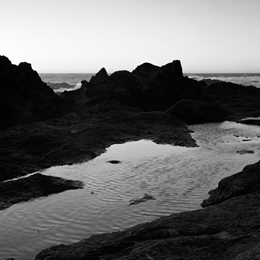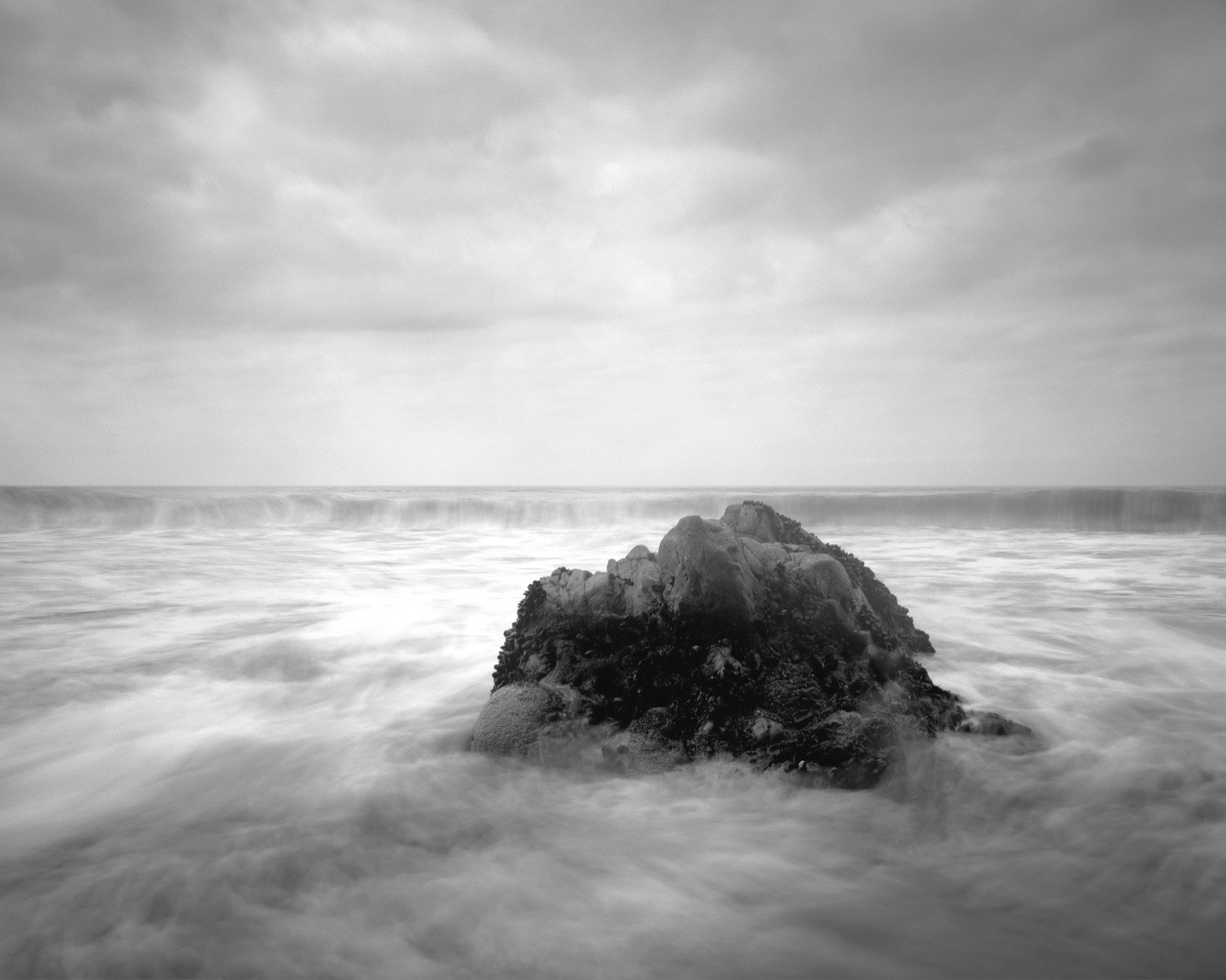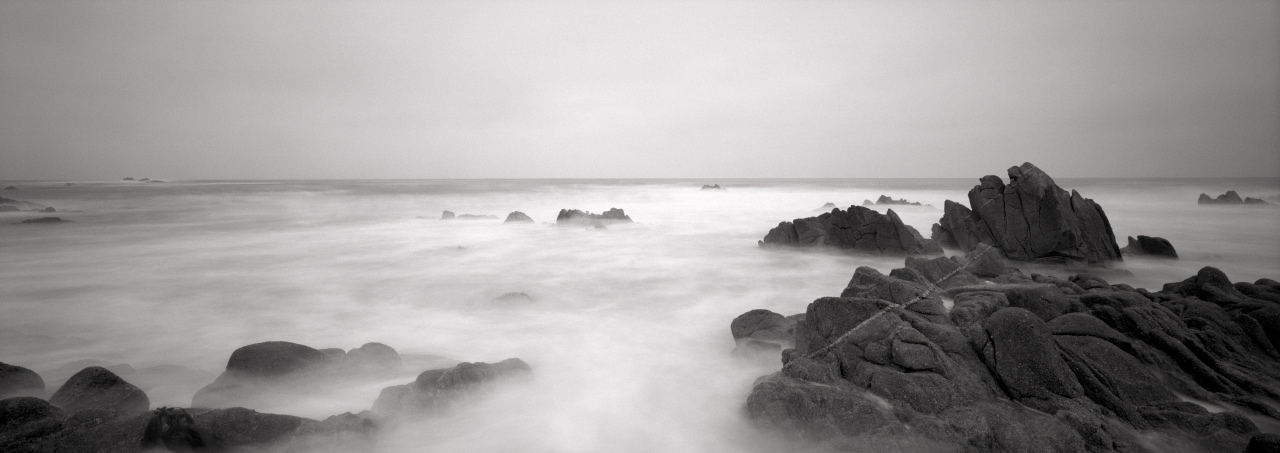Overview
California made history with the creation of the nation’s first statewide system of ocean parks − a network of 124 Marine Protected Areas stretching from Oregon to the Mexico border. Like national parks on land, MPAs are magnificent in beauty and wildness while providing protection for wildlife, solutions to climate change, and recreational resources for all.
Soon after the system was established, photographer Jasmine Swope set out to capture the essence of the marine parks. Her quest took her up and down California’s 1,100-mile long coastline. The result is “Our Ocean’s Edge,” a photographic documentary project coupled with original narratives written by author Dwight Holing that celebrates these fragile seascapes while increasing awareness about their natural benefits and inspiring conservation action.
Multimedia channels help connect people to California’s marine parks, including a traveling photographic exhibit, publications, information exchange through social media, and educational workshops.
Mission Statement
The mission of “Our Ocean’s Edge” is to use fine arts to increase public understanding and appreciation of California’s unique system of ocean parks and promote conservation action.
California MPAs
California’s statewide system of Marine Protected Areas was created by a unique public-private collaborative process between conservation groups, fishermen, Native American tribes, recreationalists, beach lovers, and lawmakers. All were united by concerns over decades of degradation to the state’s bountiful coastal waters. The process took eight years to complete and was groundbreaking for the new and innovative ways it pioneered using cutting-edge science and citizen involvement to protect and restore ocean habitats. The result was a network of underwater refuges that totals over 850 square miles. The system is increasing the health, productivity, and resilience of marine ecosystems while balancing the needs for multiple use with conservation priorities. What’s more, California’s MPAs are now serving as a model for other coastal states and nations working to create similar marine parks around the world.
View Maps























